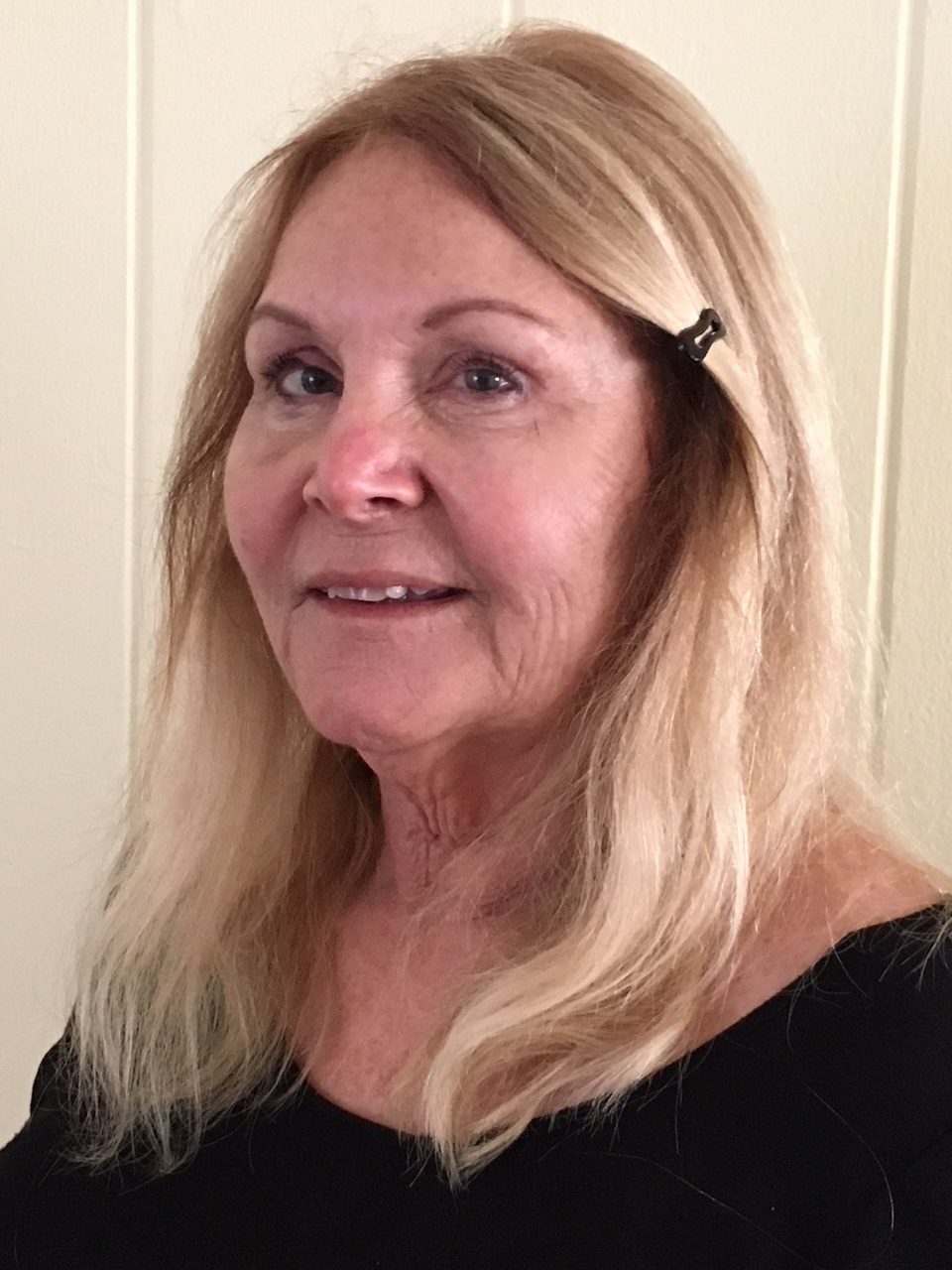CALIFORNIA NEEDS HOUDINI. Its tax system is in a straitjacket.
UCLA law professor Kirk J. Stark compares the way California raises revenue to Houdini’s famous predicament. “Like the famed escapologist,” Stark writes, “California has been locked in stocks, suspended in mid-air from its ankles, and lowered into a glass tank overflowing with water.”
With one difference, Stark says: Houdini escaped. But California has only loosened its bonds.
In an article “Houdini Tax Reform: Can California Escape its Fiscal Straitjacket?” published by the Luskin School of Public Affairs, Stark describes the fate of the Commission on the 21st Century Economy, a bipartisan group assembled by California legislators and chaired by financier and philanthropist Gerald Parsky.
In 2009, the Parsky commission delivered recommendations for reform. The proposals met harsh criticism from across the political spectrum and died in a legislative committee.
Special interests and vast political and philosophical differences over what a new tax system should look like were widely offered as reasons for the commission’s failure. But Stark, UCLA’s Barrall Family Professor of Tax Law and Policy, said there are additional reasons tax reform is so hard to accomplish in California. First are constraints imposed by the state constitution, especially voter approval of property tax-slashing Proposition 13 in 1978.
Then, a year later, came its companion measure, Proposition 4, known as the Gann Limit and named after Paul Gann, a conservative political activist who campaigned for it. The proposition imposed ceilings on state and local spending.
This year, with California awash in money, state political leaders face a rare Gann Limit problem. An estimated budget surplus of at least $16 billion puts the state on track to exceed appropriation limits for two years in a row. This will almost certainly trigger Gann provisions, for only the second time ever. And it has added a dimension to annual budget considerations — looming battles over what to do with the extra funds.
In addition, Stark wrote, federal constraints have set parameters that “severely limit California’s freedom of movement in reforming its tax system.”
Balancing revenues
SINCE AT LEAST THE 1930s, California has relied on four main sources of revenue, says Daniel J.B. Mitchell, emeritus professor at Luskin and the Anderson Graduate School of Management. Personal income taxes, retail sales taxes and a corporate tax are the primary sources of money for the state general fund.
Personal income taxes account for about two thirds of that total, Mitchell said in a telephone interview. All three taxes can fluctuate wildly with changes in the economy, leaving the state subject to cycles of boom and bust and prompting legislators to slash services in lean years and add programs in flush ones.
The fourth major tax, on real estate and collected by counties, funded most local governments and public schools until Proposition 13 rolled back rates sharply and made local services, especially schools, more dependent upon the state and subject to the ups and downs of state coffers. While the property tax certainly less volatile than the other major taxes, attempts to raise more money from it provoke such strong opposition that Proposition 13 has come to be known as the “third rail” of California politics — fatal if touched.
“So we have a very volatile tax system,” Mitchell said. This year, with the state coffers overflow- ing because of an unexpected cycle of prosperity, budget fights are going to be about what to do with the surplus, he said. This is likely to include wide disagreement over how the Gann Limit should be interpreted.
Originally, the surplus funds were to be returned to taxpayers by a revision of tax rates or fee schedules, but the law has been amended to require splitting the overage 50-50 between schools and taxpayers. Another voter-approved amendment exempted certain categories from the spending-cap calculation.
In 1987, following the only time so far that the Gann Limit has been triggered, the Legislature and Republican Gov. George Deukmejian sent rebate checks to taxpayers. The amounts varied and were based on the state income taxes they paid during the previous year.
Awash in money
THIS YEAR, PRECISE NUMBERS for the expected surplus have grown, to the point that the May budget revise anticipated one of more than $90 billion, larger than any state has ever amassed. A final budget for 2022-23 is supposed to be adopted by the end of June. Debate over the windfall is in full swing.
What are the options for using any revenue exceeding the spending limits? One is to give half to K-14 public schools and rebate the other half to taxpayers. The second part of this option is favored by conservatives and taxpayer organizations. But it is not likely to be embraced by the Democrat-dominated body politic.
The half not dedicated to schools could be used for public works projects, helping local governments, retiring debt or covering emergencies.
Gov. Gavin Newsom and many of his fellow Democrats hew to a wide interpretation of what constitutes a rebate. Newsom has proposed holding off on the next scheduled increase in the gasoline tax and rebating $400 to every automobile owner, as well as spending on several social welfare programs, including providing health insurance for low-income residents and giving further financial aid to those most affected by COVID-19. He and his supporters say these are among ways to “give back” that do not include checks based on what someone paid in state income taxes. Budget decisions based on that view may be tested in court.
“It’s sort of peculiar that this [Gann] initiative from 1979 is dictating the parameters of this debate,” Stark said in a telephone interview.
The current revenue surplus allows the state to sidestep, at least for now, Stark’s question about whether California can escape its taxation straitjacket. Moreover, both Stark and Mitchell credit a pair of ballot measures pushed by a pragmatic Democratic governor for giving the state a cushion against future lean years.
When Jerry Brown, a pragmatic Democratic governor, began his second eight-year stint as governor, the state was still recovering from the 2008 Great Recession. Part of Brown’s legacy, Mitchell says, is his leadership in persuading voters to approve Proposition 30 in 2012, which temporarily raised sales taxes and income taxes on the wealthiest Californians, and Proposition 2 in 2014, which strengthened the state’s mechanism for building a “rainy-day fund” to provide a buffer against drastic service cuts during years when the economy sours. (The projected amount in the Budget Stabilization Account, as it is formally known, is almost $25 billion for the coming fiscal year, according to the state Legislative Analyst’s Office.)
Rainy days ahead
STARK AGREES THAT BROWN gave California some important breathing room but notes the governor did not change the basic tax structure that prompted Stark’s straitjacket comparison.
“I do think the changes that Jerry Brown introduced were very significant,” Stark said. “I do think this general approach is a very viable solution.” But, he added, the rainy-day fund has yet to stand the test of time. Will there always be enough money for emergencies?
The state still has few options for increasing tax revenues should the need arise, he said, and some options, such as taxing medical services or groceries, are politically unpalatable.
“The people of California have demanded a very volatile tax system,” Stark said. “We got the tax system we deserve.”
























